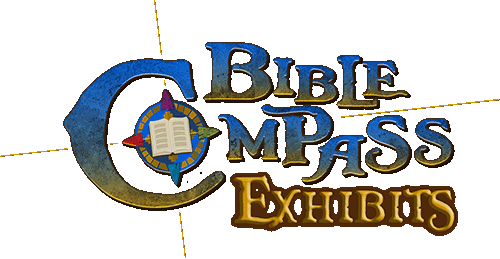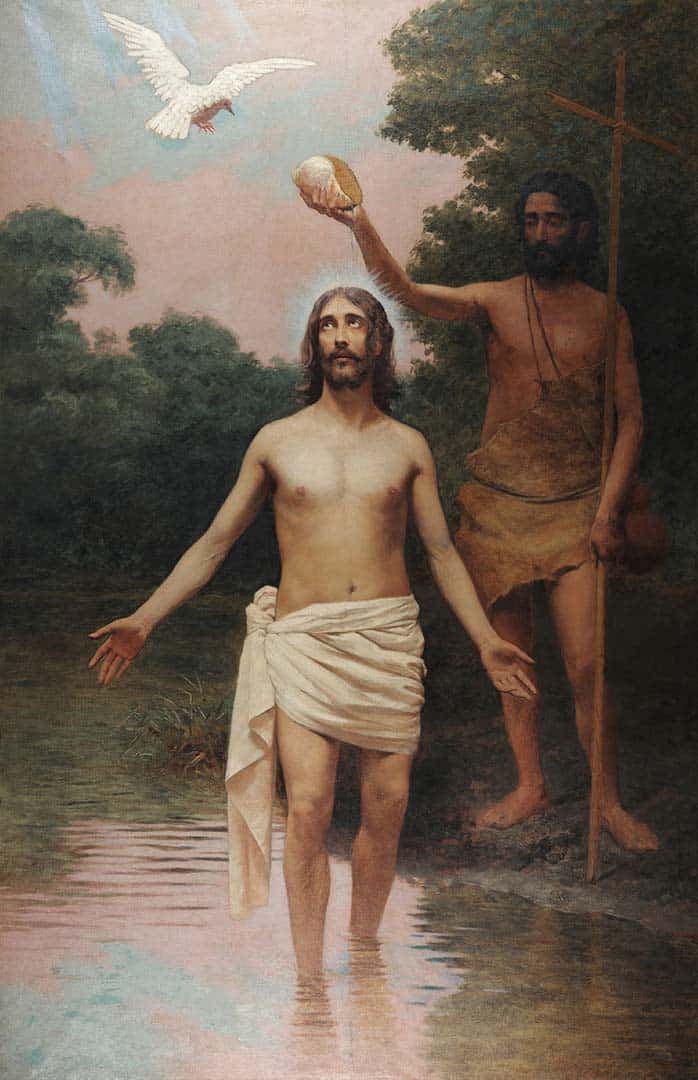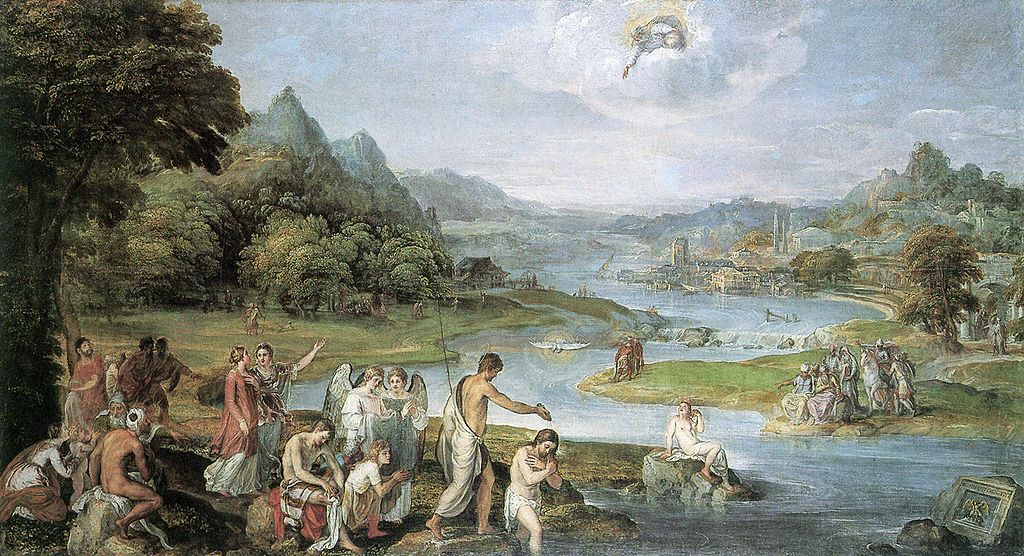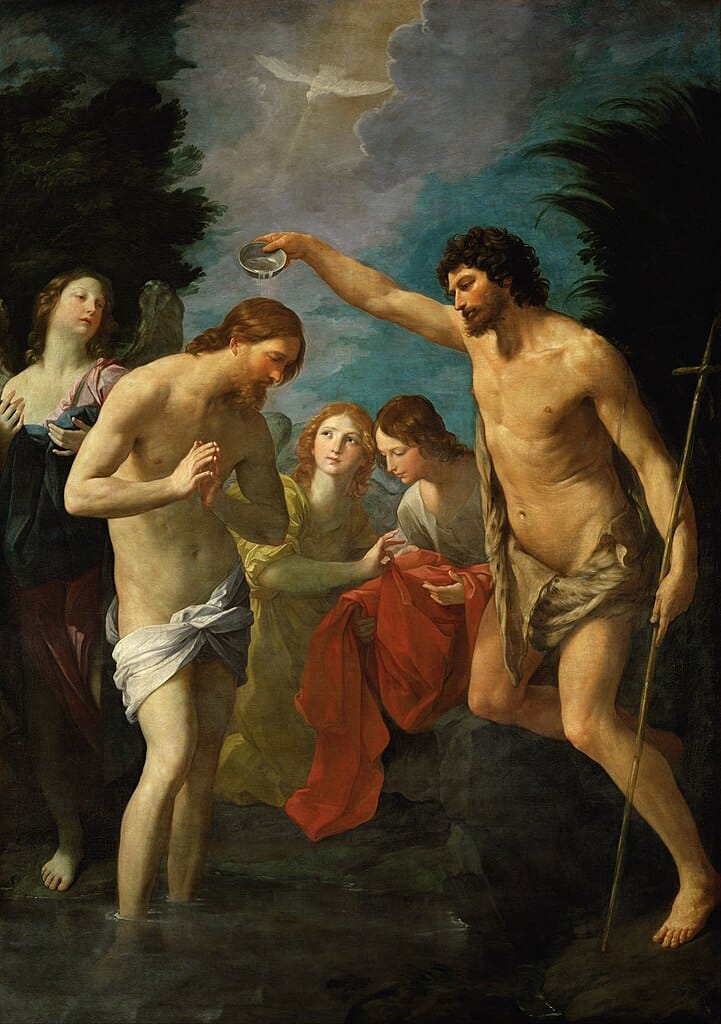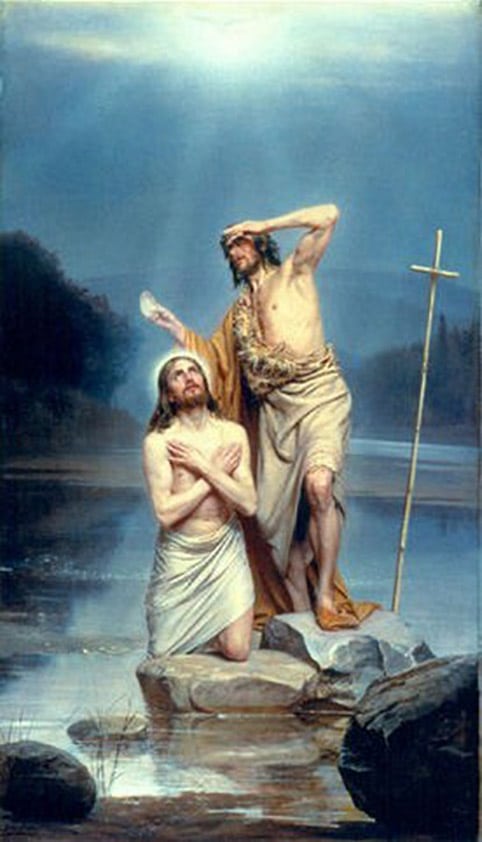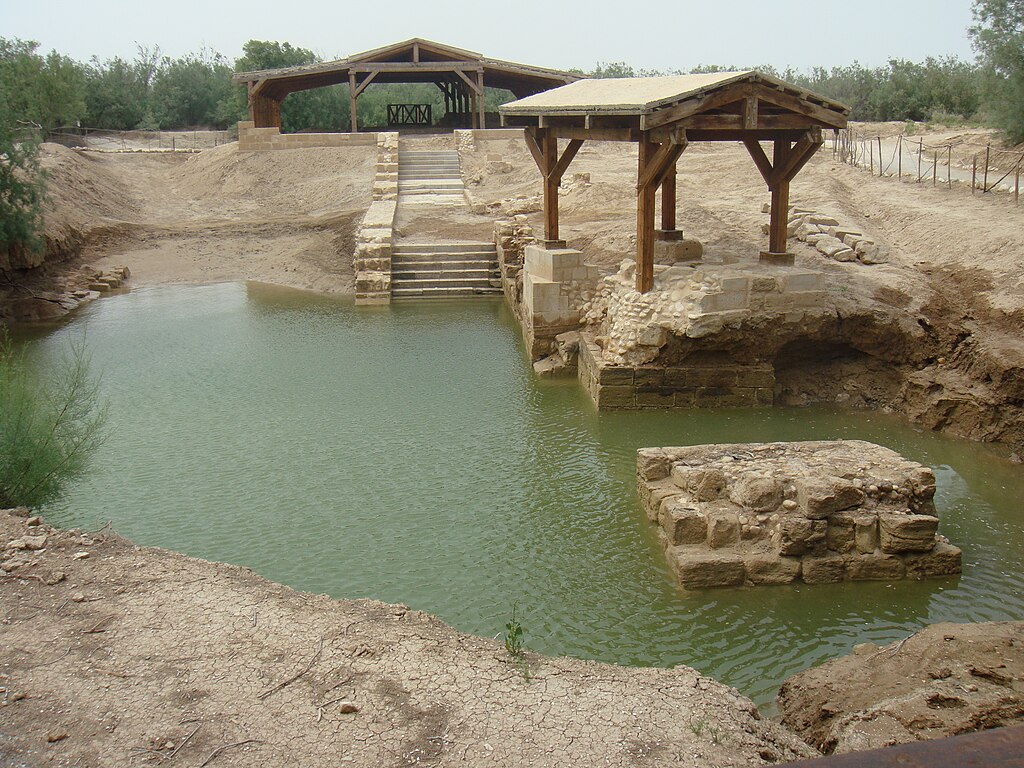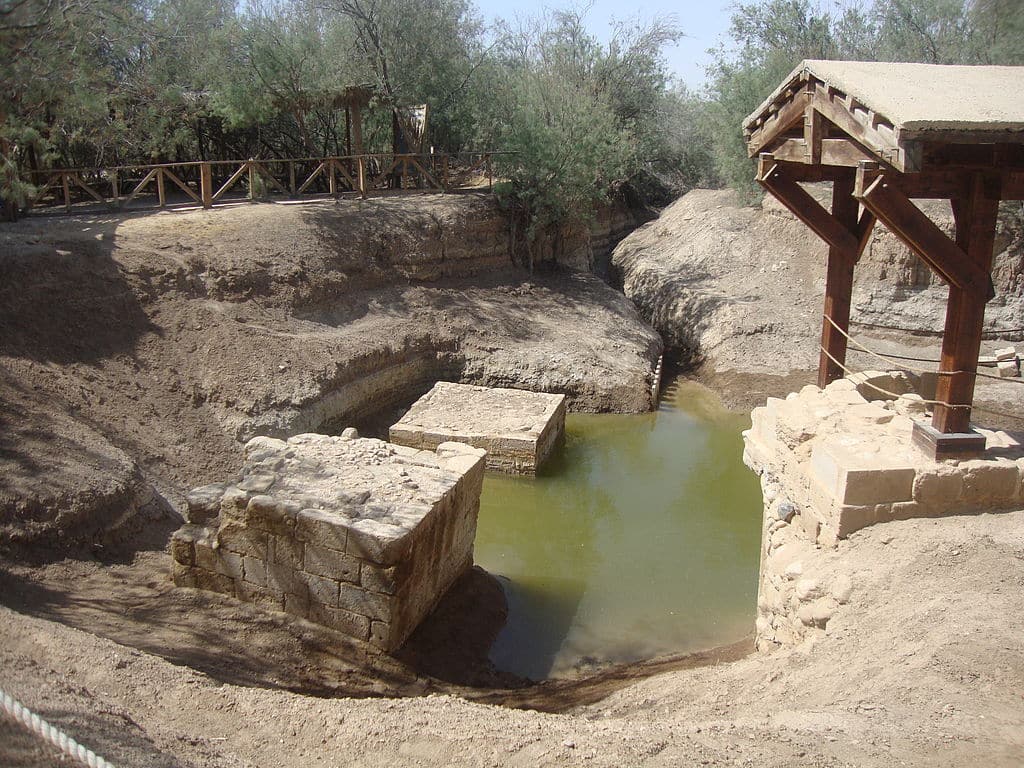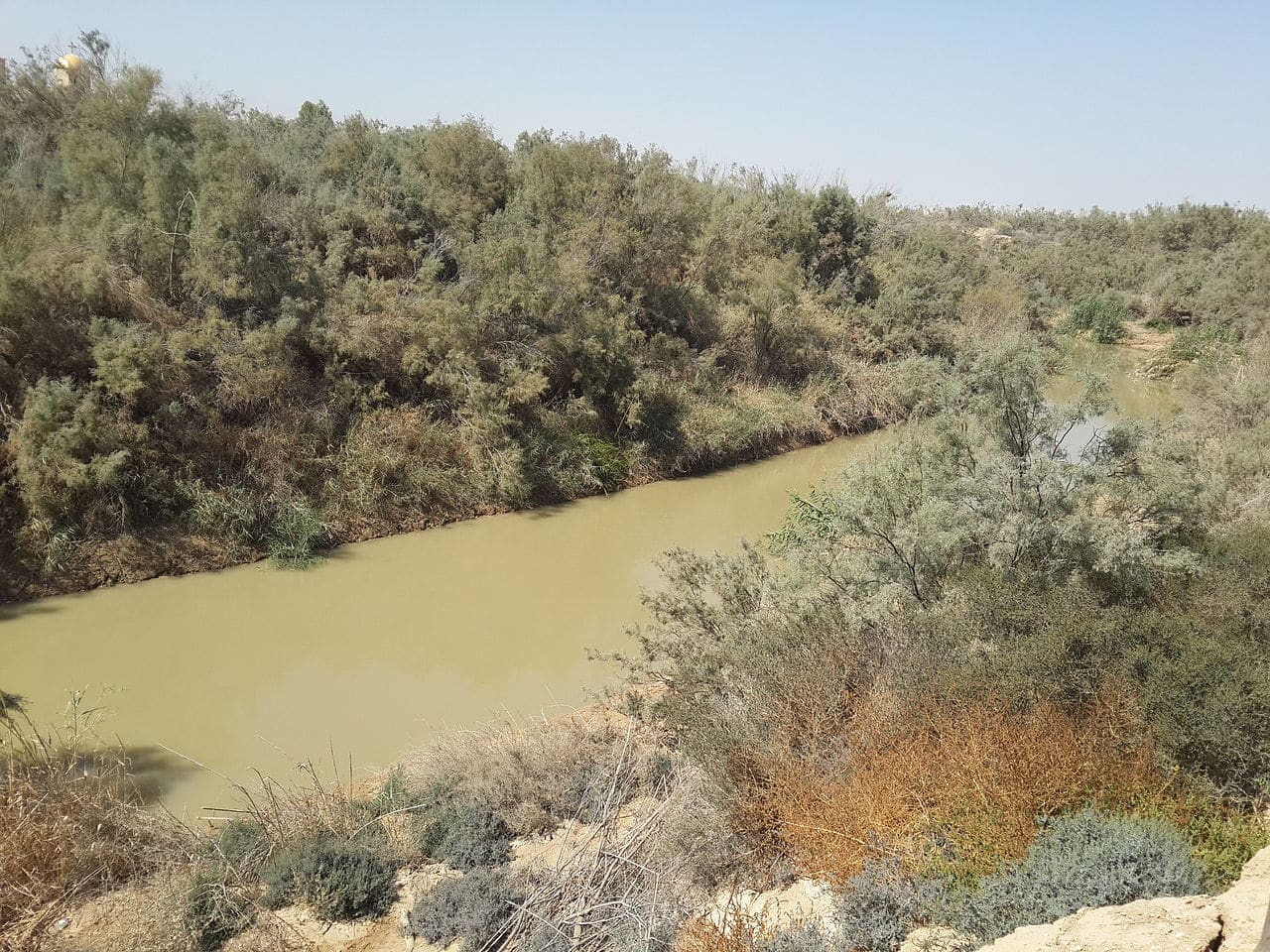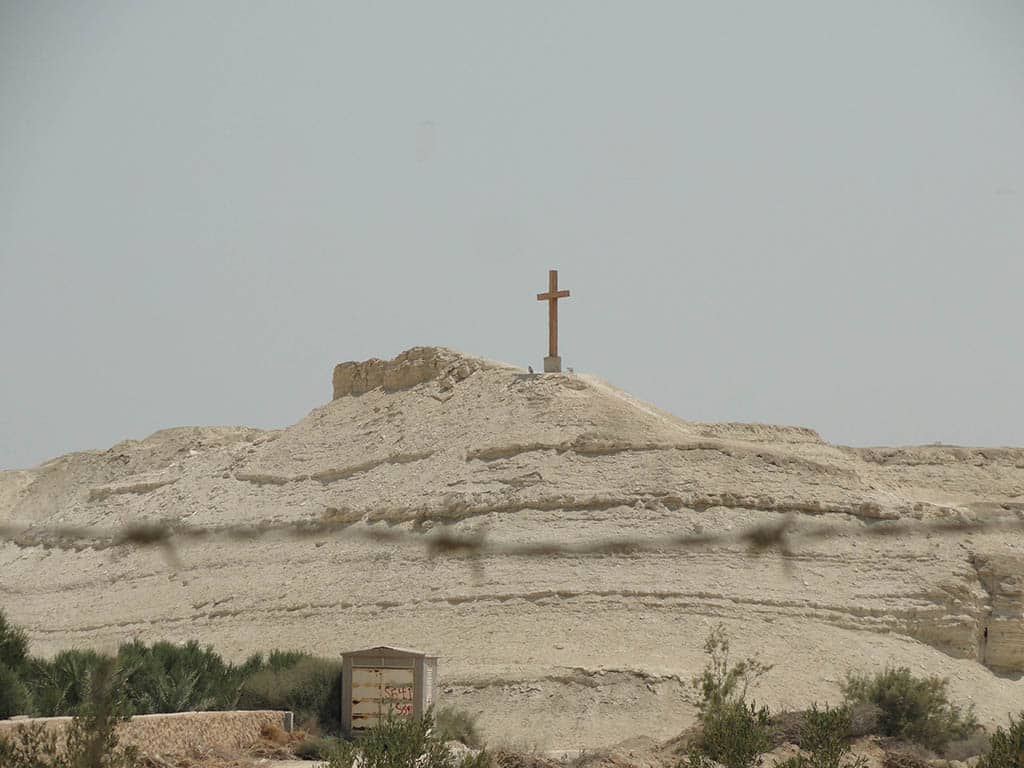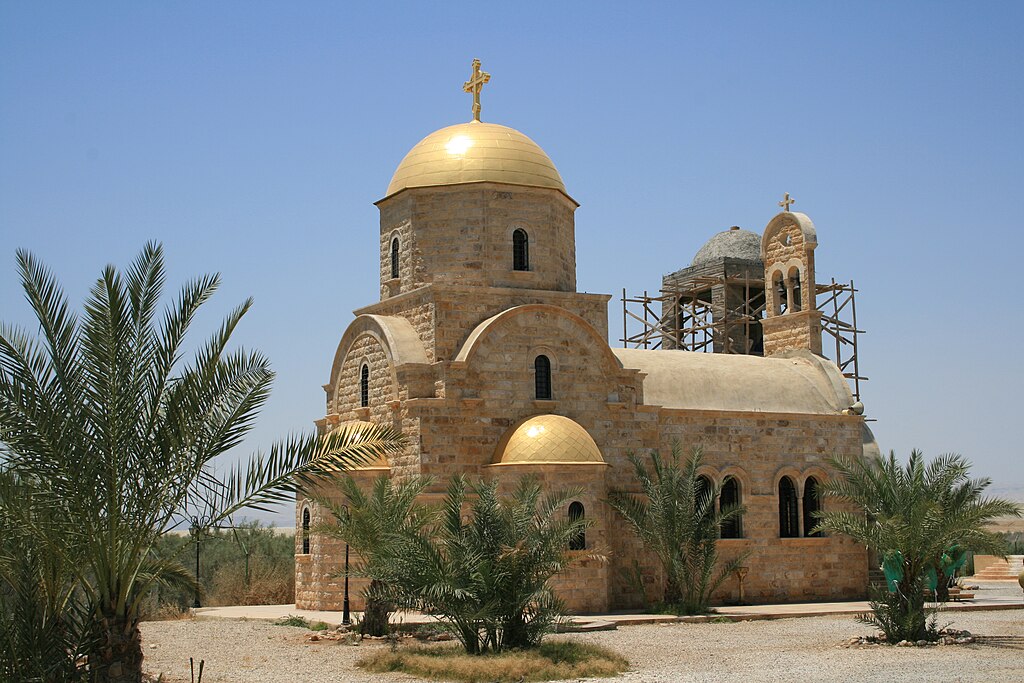Paul’s Second Missionary Journey
Carousel of images for this Bible Exhibit
Listen to this Bible Exhibit
After his first missionary journey, Paul was eager to revisit the churches he had planted and strengthen the believers. He proposed the idea to Barnabas, but they disagreed about including John Mark, who had abandoned them on the previous journey. As a result, they parted ways. Barnabas took Mark and sailed for Cyprus, while Paul chose Silas and traveled over land through Syria and Cilicia, encouraging the churches along the way Acts 15:36-41.
In Lystra, Paul met Timothy, a young disciple with a strong reputation among the believers. Because Timothy’s mother was Jewish but his father was Greek, Paul circumcised him so that the Jews they were to encounter would accept him. Together, Paul, Silas, and Timothy continued their journey through Phrygia and Galatia, but the Holy Spirit prevented them from preaching in Asia and Bithynia. Instead, they traveled to Troas, where Paul received a vision of a Macedonian man pleading for help. Recognizing this as God’s guidance, they immediately set sail for Macedonia Acts 16:1-10.
Their first major stop in Europe was Philippi, a Roman colony. There, Paul and his companions met Lydia, a wealthy merchant who became the first convert in Europe. However, trouble soon followed when Paul cast a spirit of divination out of a slave girl. Her owners, angered by their loss of income, stirred up the city against Paul and Silas, who were beaten and imprisoned. At midnight, as they prayed and sang hymns, an earthquake shook the prisoners, freeing them but they remained in their cell. The jailer, fearing for his life, asked how he could be saved. That night, he and his entire household believed and were baptized. The next day, when the authorities learned that Paul and Silas were Roman citizens, they were alarmed because they had beaten them and personally escorted them out of the city Acts 16:11-40.
Paul’s journey continued to Thessalonica, where he preached in the synagogue for three Sabbaths. Some Jews and many Greeks believed, but others opposed them, accusing Paul and Silas of proclaiming another king besides Caesar. A riot forced them to flee to Berea, where the Jews were more receptive, examining the Scriptures daily. But trouble followed them again as Thessalonian Jews stirred up opposition, and Paul was sent to Athens while Silas and Timothy remained behind Acts 17:1-15.
In Athens, Paul was disturbed by the city’s idolatry and debated with philosophers in the marketplace. Speaking at the Areopagus after he noticed an altar dedicated to “the unknown god,” he proclaimed the one true God, emphasizing that He does not dwell in man-made temples, warning them of impending judgment, and calling them to repentance. While some mocked him, a few believed, including Dionysius and a woman named Damaris. Paul then moved to Corinth, where he met Aquila and Priscilla, Jewish tentmakers expelled from Rome. He stayed there for a year and a half, preaching and establishing a strong church despite opposition from the Jews. When they brought charges against him before Gallio, the proconsul dismissed the case, allowing Paul to continue his ministry unhindered Acts 17:16-34, Acts 18:1-17.
Paul traveled to Ephesus from Corinth, where he briefly preached in the synagogue before setting sail for Caesarea. After visiting Jerusalem, he returned to Antioch, concluding his second missionary journey. This second missionary journey significantly spread the gospel beyond Asia into Europe, establishing churches that would later receive Paul’s letters. God directed Paul’s steps through trials and opposition, ensuring His message reached those He had prepared to accept it Acts 18:18-22.


